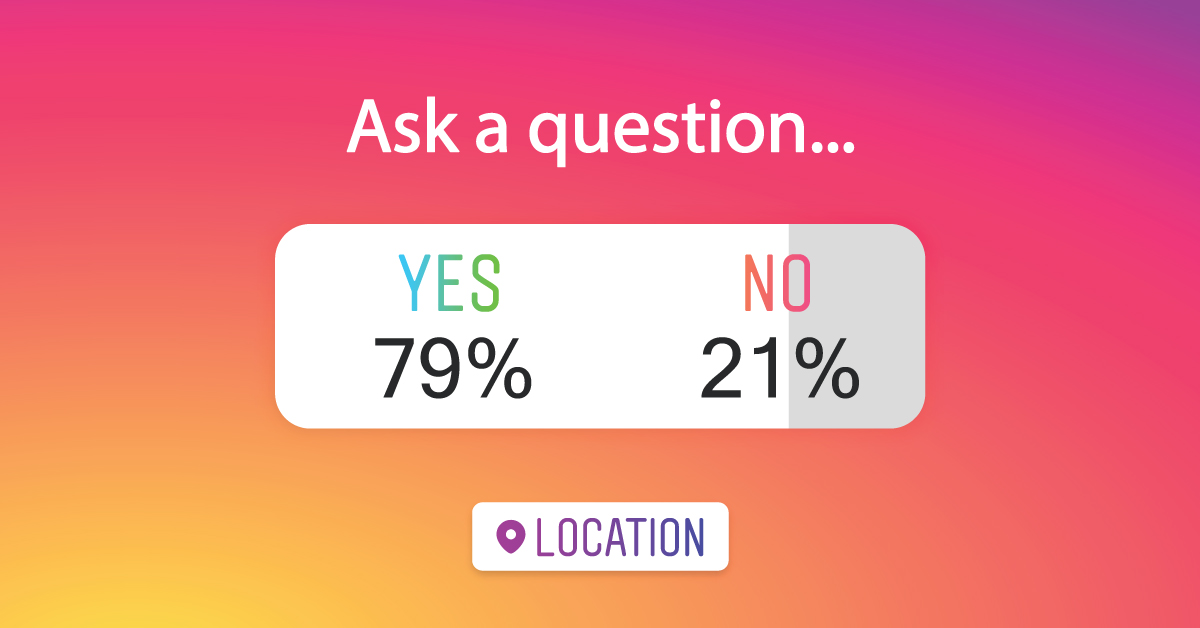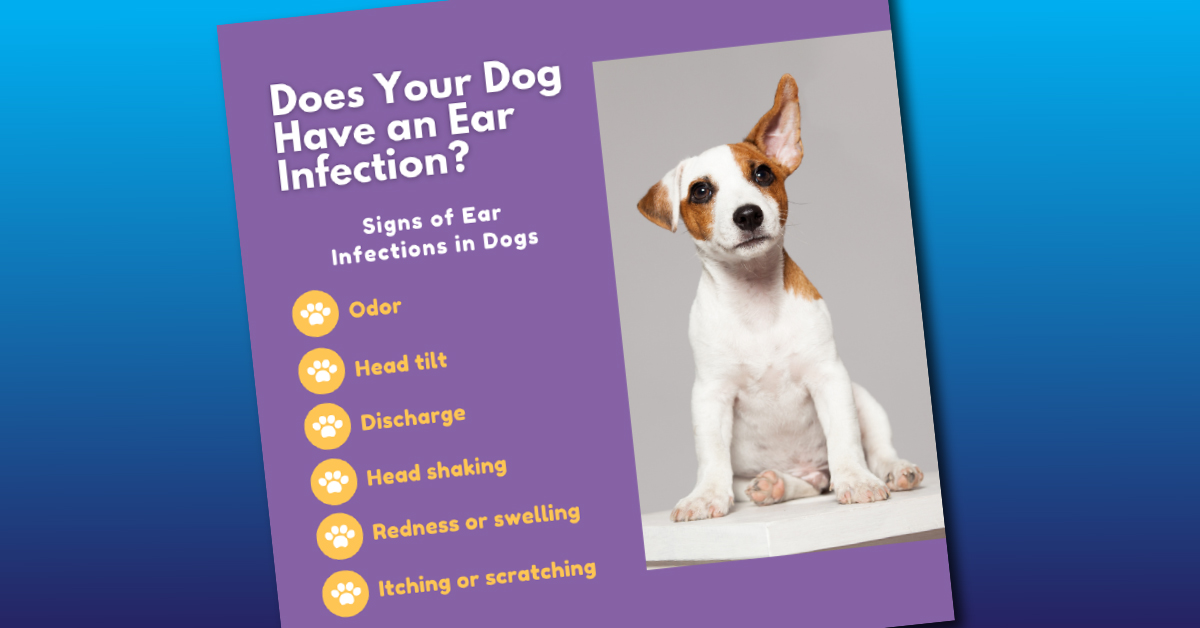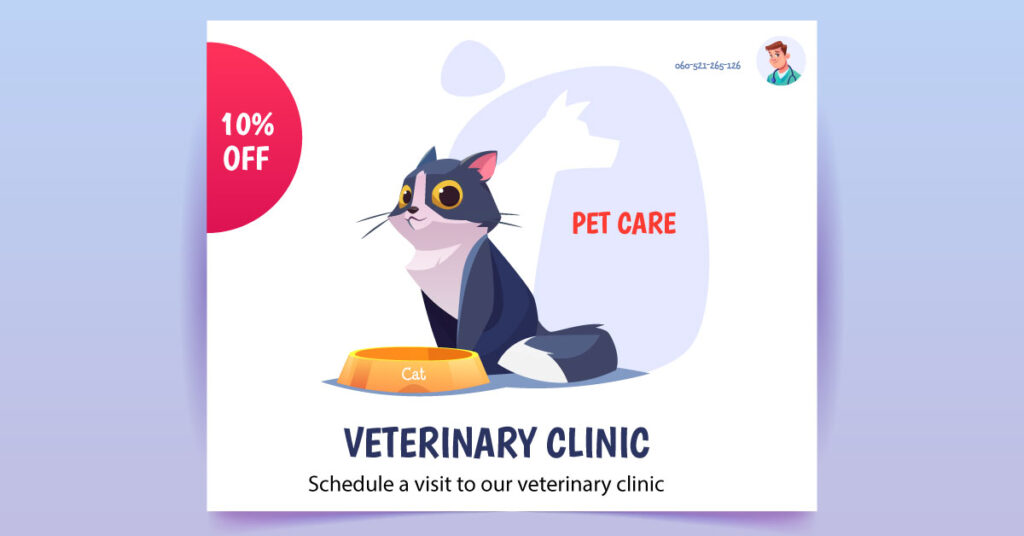11 Great Veterinary Social Media Posts You Should Try At Your Practice
How often is your veterinary practice communicating with clients outside of your office? Social media is an essential marketing tool that can help you nurture your relationship with pet owners even when they are not physically present at your practice.
Additionally, engaging with your current clients online also helps to encourage business from potential clients. When potential clients go to your social pages and see how well you interact with existing clients, they want to know more about your services, which may lead to them booking their first appointment at your vet practice. This lets them see how well you use social media platforms to share your veterinary knowledge and provide supplementary customer service online.
Social media platforms like Facebook, Instagram, TikTok, YouTube, and X (formerly Twitter) give you access to pet owners to answer any questions they may have while also building a relationship that was not readily available in the past.
If you want to reach as many online users as possible for educational and entertainment purposes, follow along as we share what makes a good post and learn about the eleven veterinary social media posts you should try at your veterinary practice.

What Characteristics Make a Good Veterinary Social Post?
When you create a post and prepare to publish it on your social pages before you hit publish, do you consider how well the post will engage your audience? Will it encourage them to respond to it?
There are a few types of posts that can do this. They are social posts that:
- Invite conversation
- Share timely industry news
- Educate your targeted audience
- Boost your credibility
- Have a clear call to action
- Show cute pet photos
- Promote special offers
- Let users join contests
- Celebrate special days
- Show vet memes
- Announce pet adoptions and lost and found pets
Let’s dive into each of these categories.
1. Social Posts That Invite Conversation With Users Online
At its core, social media is about communicating with other users on the platform. Talking to your clients online should feel like speaking to them in person. Partaking in dialogue with your followers is one of the easiest methods to get them to share their opinions or ideas with you. Sharing posts that open dialogue is also one of the most effective ways to increase engagement on your pages.
These types of posts open up a line of communication to show followers how you can be professional but also friendly and open to discussing veterinary-related topics outside the office.
Try publishing one of these types of posts on your pages to spark a conversation with your followers:
Polls

Polls are a great way to get users’ opinions and see their feelings about a particular topic, given specific options. Users have the chance to display their likes, dislikes, and shared interests they have with other voters. They will often even comment to explain further why they voted the way they did, which is excellent.
More comments equal more engagement on your veterinary page. Use polls to get your clients’ opinions on their favorite pet accessories you sell at your practice, animal trivia, the following offers you should run, and more!
Veterinary-Related Questions
This may seem obvious, but you can get your audience to engage with you by simply asking a question! Don’t be afraid of asking general questions related to pet topics. Ask a question, and your followers will answer.
They may even reply to other responses you receive that they agree or disagree with. You can ask trivia questions about their pet’s health, or any topics you believe will solicit significant reactions from your following. Avoiding yes or no questions is best to gain as much insight as possible.
Surveys
Surveys are another way to gather responses from your following. People who partake in surveys generally want businesses to know how they feel about their products and services. A survey can also be a tool to help you come to a solution or brainstorm ideas to improve something at your practice that your clients may not have been satisfied with.
Name Suggestions
Do you know any dog or cat that hasn’t been named yet? You can ask your social media followers for ideas on names. This type of post invites people to comment on their ideas. Some pet owners might even remark how their pets have the same name. This would ignite fun discussions pet parents will enjoy.
2. Social Posts That Share Timely Industry News

The veterinary industry is forever changing, and new technologies and techniques are being developed yearly. Share these industry updates from organizations, associations, and other veterinary professionals on your social pages. Explain how these scientific breakthroughs are essential and what they could mean for pet health.
How are they relevant to your practice, and how will they change or improve the care or services you can provide for your clients? Post updates you know will interest the pet owners following your pages.
These posts reflect current events, so find a way to integrate them into what is going on at your practice to show that you and your staff are knowledgeable about the latest veterinary news.
Vet Social Pages To Reshare Timely Posts
When you share current news, it should be from a trusted, credible source in your industry. Here are a few authoritative vet social pages that publish essential and timely information for you to reshare:
- Vet Record
- Veterinary Practice News
- World Veterinary Association
- American Veterinary Medical Association (AVMA)
- Journal of the American Veterinary Medical Association (JAVMA)
- Today’s Veterinary Practice
- Science Daily
- Today’s Veterinary Business
Follow these pages so you can stay updated when they post new content!
3. Social Posts That Educate Pet Owners on Pet Care

Pet owners are constantly learning new things about pet health, behavior, diet, and so much more. They want to learn as much as possible to be responsible owners and social media offers the opportunity to educate them on many topics.
Many owners would instead look up information about pet health online because it is convenient, which can lead to misleading or inaccurate data. Suppose you are actively engaging with followers on your social media pages. In that case, they should also have access to your expertise so they won’t have to look online and potentially come across flawed information.
When creating educational vet content for social platforms, it’s best to break it up into tidbits. Users scroll through so much content daily on multiple platforms to consume information as quickly as possible. Each social network is different and has an ideal length for each post that usually receives the most engagement.
Here, Sproutsocial breaks down the optimal length for each post on major social networks like Facebook, Instagram, Twitter, LinkedIn, and Youtube that statistically receive the most engagement.
Therefore, you need to tailor your content to each platform and quickly get your point across so that users will retain the information you intended for them to learn.
To do this, you can share:
- How-to guides
- Infographics
- Educational videos
- Pictures with pet patients and explain their condition
- Blog posts that direct them to your vet website and will increase your traffic
- Meet the team and behind the scenes
- New equipment or specialists
- Your latest services and what they offer pets
Here is an excellent example of an infographic that can be shared on social media. This infographic gives information in a numerical list, so it’s easy to consume and gives owners information about practicing good oral habits with their pets.

Here is an excellent example of an educational video that shows the behind-the-scenes of what procedures this vet team performed to save a dog that a snake bit.
Learn More: Veterinary Social Media: Top 3 Platforms Your Practice Should Be Using
Educational Vet Topics You Can Share on Social Media

Although knowing how long your social content should be is important, it’s only half the battle. Knowing what to post to pique your audience’s interest is just as crucial. Think of what pet health topics your clients tend to ask about the most when they come to your office. This is a good starting point to help you create content they will engage with.
As we mentioned earlier, polls and surveys are also helpful in teaching you which topics are most popular among pet owners. You can do a poll asking about what subject matter they would like to learn more about and start brainstorming post ideas for that subject.
If you need help getting started, here are some popular vet topics to create content for:
- Protecting pets from fleas and ticks
- Why pets need annual wellness checks
- Tips on how to prevent heartworm disease in dogs
- Tips that address common pet problems
- The importance of pet dental care
- Pets and Obesity
- Specialty services (surgical procedures at veterinary hospitals, dermatology, behavior, preventive medicine, etc.)
- Pets and medication
- Vaccines
A pet’s health is just as important as their owners, and they want to be sure they have access to the most accurate and helpful information by following veterinary experts like yourself online.
4. Social Posts That Boost Your Credibility as a Veterinarian

Along with your website, your social media pages are also a resource for clients to turn to when they need information. Use social platforms to your advantage and establish yourself as an authoritative figure in the vet industry. Building credibility with your clients ensures the trust they have in you and loyalty as well. They see that you are genuine in your intentions and aim to provide excellent services for their pets while equipping them with the knowledge they require to be responsible owners.
According to Hootsuite, 44.8% of global internet users used social media to search for brand information in 2020. People use social media to find out about businesses, including what others say about them, the quality of the products and services they provide, and if they are trustworthy.
To boost your credibility with your followers, you can share some significant milestones that your practice has accomplished by posting:
- Press releases
- Media appearances
- Awards you have been given
- New certifications you or your team members have received
- News about events you are doing in your local community
- 5-star reviews you have received from clients on listing sites like Google and Yelp
Read On: How to Design a More Appealing Veterinary Website
5. Social Posts That Have a Clear and Concise Call-to-Action

Calls-to-action, or CTAs, are an effective way to guide your audience through a journey and get them to complete an actionable item. You can persuade them to comment, read, or vote on a post, read a blog post on your website, or any other action you want. These posts encourage engagement while increasing the traffic to your veterinary website if your CTAs direct them there.
A strategic CTA captures your followers’ attention and gets them to complete the ultimate action: booking an appointment at your veterinary clinic.
CTAs You Can Use on Your Vet Social Pages
The CTAs (calls-to-action) you post on your social pages should be as specific direct, and concise as possible to remove any confusion. A compelling CTA draws in a user’s attention, creates a sense of urgency, and inspires them to take action.
You can try a variation of CTAs like these to produce the best results for your practice:
- Refer a friend to our practice
- Schedule an annual pet wellness visit
- Learn about seasonal vet care now
- Get your pet’s first exam for $25 (this works for all current sales, promotions, and offers)
6. Social Media Posts that Show Cute Pet Photos
If you’re looking for veterinary social media posts encouraging engagement, you should consider posting photos or videos of pets visiting your clinic. You can publish a ‘Pet Of The Week’ weekly to showcase the patients who visit your veterinary practice.
If you post other people’s pets on social media, you should ensure that you get these owners’ consent. Veterinary clinics should also be transparent about the nature of the posts they plan on publishing.
7. Social Media Posts that Promote Special Offers
While you should write blog posts about your services, you shouldn’t forget to post about them on your social media pages. Your Facebook followers should know if your business offers special promos, like discounts or freebies. You should utilize all your marketing platforms for more people to learn about your special offers.
8. Social Media Posts that Let Users Join Contests
Veterinary practices that want to encourage more participation from their followers should consider hosting a social media contest. This is an excellent marketing strategy for animal parents to engage with your page and promote your social media pages further.
For example, you can ask your online community to guess the breed of a particular dog or ask pet-related trivia questions. For timely events like Halloween, you can ask your followers to post photos of their pets in Halloween costumes.
9. Social Posts that Celebrate Special Days

Veterinary hospitals should capitalize on pet-related holidays on social media. It’s a cool way to invite a lot of interactions from your online community. Here are some examples you can explore:
- National Walk Your Dog Day
- Ginger Cat Appreciation Day
- National Hug Your Cat Day
- Pet Poison Prevention Month
10. Social Posts that Show Vet Memes
Veterinary social media posts shouldn’t be afraid to show some sense of humor. Memes are a stellar way to make your business more relatable on social media. Some examples of vet memes that your audience might appreciate include:
- Screenshot from movies that feature animals
- Funny photos of cats and dogs
- Current events related to pets
11. Social Posts that Announce Pet Adoptions and Lost and Found Pets
Veterinary practices should use the platforms to help pets find their forever homes. You can post about pets that are up for adoption. If you know of any lost pets, you can share their photos and available information on your pages.
VetMatrix Helps Veterinary Practices Like Yours Get Social!
Taking the time to strategize, create content, and run your social media accounts can be time-consuming when trying to maintain one or more veterinary clinics. When you work with our marketing experts, we can simplify managing your veterinary social media pages. We help you engage with clients online with a full library of veterinary posts at your disposal.
Give us a call at 800.792.8384 or click here to learn more about social media marketing services for your practice.
FAQs
What social media do vets use?
The most popular social media platforms that veterinarians use are Facebook and Instagram. If you have entertaining video content, you should also post on TikTok and YouTube.
What is vet advertising?
Vet advertising is a marketing strategy that is centered on promoting veterinary hospitals. It can take on different forms like social media to email newsletters.



